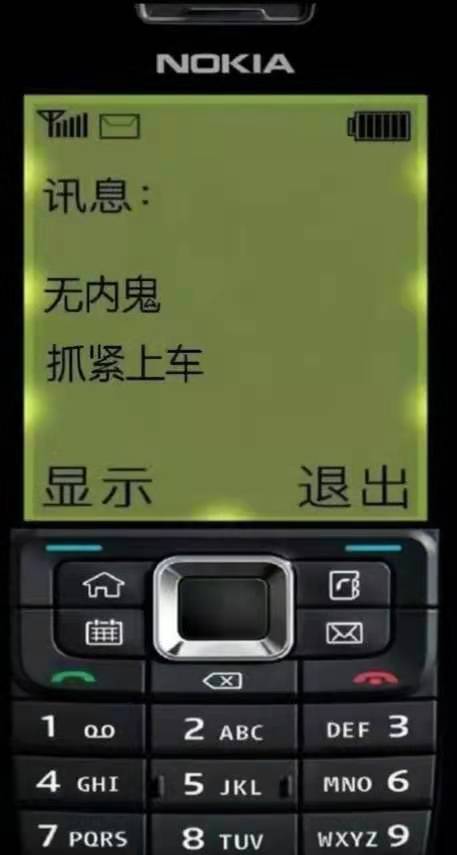- A+
所属分类:Web前端
这里给大家分享我在网上总结出来的一些知识,希望对大家有所帮助
一、前言
与link类似
在VUE项目中应用typescript,我们需要引入一个库vue-property-decorator,
其是基于vue-class-component库而来,这个库vue官方推出的一个支持使用class方式来开发vue单文件组件的库
主要的功能如下:
- methods 可以直接声明为类的成员方法
- 计算属性可以被声明为类的属性访问器
- 初始化的 data 可以被声明为类属性
- data、render 以及所有的 Vue 生命周期钩子可以直接作为类的成员方法
- 所有其他属性,需要放在装饰器中
二、使用
vue-property-decorator 主要提供了多个装饰器和一个函数:
- @Prop
- @PropSync
- @Model
- @Watch
- @Provide
- @Inject
- @ProvideReactive
- @InjectReactive
- @Emit
- @Ref
- @Component (由 vue-class-component 提供)
- Mixins (由 vue-class-component 提供)
@Component
Component装饰器它注明了此类为一个Vue组件,因此即使没有设置选项也不能省略
如果需要定义比如 name、components、filters、directives以及自定义属性,就可以在Component装饰器中定义,如下:
import {Component,Vue} from 'vue-property-decorator'; import {componentA,componentB} from '@/components'; @Component({ components:{ componentA, componentB, }, directives: { focus: { // 指令的定义 inserted: function (el) { el.focus() } } } }) export default class YourCompoent extends Vue{ }
computed、data、methods
这里取消了组件的data和methods属性,以往data返回对象中的属性、methods中的方法需要直接定义在Class中,当做类的属性和方法
@Component export default class HelloDecorator extends Vue { count: number = 123 // 类属性相当于以前的 data add(): number { // 类方法就是以前的方法 this.count + 1 } // 获取计算属性 get total(): number { return this.count + 1 } // 设置计算属性 set total(param:number): void { this.count = param } }
@props
组件接收属性的装饰器,如下使用:
import {Component,Vue,Prop} from vue-property-decorator; @Component export default class YourComponent extends Vue { @Prop(String) propA:string; @Prop([String,Number]) propB:string|number; @Prop({ type: String, // type: [String , Number] default: 'default value', // 一般为String或Number //如果是对象或数组的话。默认值从一个工厂函数中返回 // defatult: () => { // return ['a','b'] // } required: true, validator: (value) => { return [ 'InProcess', 'Settled' ].indexOf(value) !== -1 } }) propC:string; }
@watch
实际就是Vue中的监听器,如下:
import { Vue, Component, Watch } from 'vue-property-decorator' @Component export default class YourComponent extends Vue { @Watch('child') onChildChanged(val: string, oldVal: string) {} @Watch('person', { immediate: true, deep: true }) onPersonChanged1(val: Person, oldVal: Person) {} @Watch('person') onPersonChanged2(val: Person, oldVal: Person) {} }
@emit
vue-property-decorator 提供的 @Emit 装饰器就是代替Vue中的事件的触发$emit,如下:
import {Vue, Component, Emit} from 'vue-property-decorator'; @Component({}) export default class Some extends Vue{ mounted(){ this.$on('emit-todo', function(n) { console.log(n) }) this.emitTodo('world'); } @Emit() emitTodo(n: string){ console.log('hello'); } }
三 、总结
可以看到上述typescript版本的vue class的语法与平时javascript版本使用起来还是有很大的不同,多处用到class与装饰器,但实际上本质是一致的,只有不断编写才会得心应手





